Captain's Test
The Captain’s Test is a three-part test that certifies a member’s knowledge of club rules, knowledge of the river rules, and ability to safely handle club equipment.
There are two tracks, with two levels each, each of which grants members access to different boats in the boathouse:
Level I (sculling): Successful completion of Level I permits the use of a club (e.g racing) 1x and certifies the member to bow a club 2x without coach or captain supervision.
Level II (sculling): Successful completion of Level II permits the member to bow a club 4x without coach or captain supervision.
Level I (sweep): Successful completion of Level I certifies the member to bow a club 2- without coach or captain supervision.
Level II (sweep): Successful completion of Level II permits the member to bow a club 4- without coach or captain supervision.
Continue reading for specific details on the Captain's test, or download for later review.
river maps & rules
Maps of the Charles River and Basin (including 2k race course) traffic patterns, and the complete traffic rules.
—
coxswains
Coxswains play a big role in maintaining safety standards. Every coxswain is required to pass a Captain’s Test within two weeks of joining RBC.
boat reservations
Members may sign out a boat up to 3 days in advance—failure to show for recurring or other reservations, may result in a loss of privileges.
Captain’s Test: Skills & Evaluation Criteria Table
Download here
Sculling LEVEL I
Fleet restrictions
Peinerts (formerly the gigs)
The Riverside Press, Jim Hanley, Chris Dyke, and 1869 are all Peinert brand boats and are considered gigs at Riverside. All members may use these boats at any time, except for the weekend restriction of club equipment as a whole or when the four-oar rule is in effect in the winter.
Racing Boats
Racing boats* include Filippis, Hudsons, and Fluids. Racing boats are restricted, even if members are with a coach.
coxswain test
The ultimate goal of the Coxswain Test is to demonstrate competence, safety and self-reliance on the Charles River, and in and around Riverside Boat Club. Riverside coxswains must have full knowledge of the Charles River rules and traffic pattern, and safety protocols. Coxswains must not need to ask rowers in the boat for advice on the traffic pattern or safety protocols. Similarly, coxswains must not rely on coaches for guidance because coaches may be busy with other crews or too far away to respond to questions.
The coxswain has the primary and ultimate responsibility of knowing exactly where to go, what to do and how to keep the crew safe. Therefore it is expected that all coxswains are knowledgeable on the water and around the boathouse. All coxswains must be tested as soon as possible upon joining Riverside Boat Club. Coxswains must cox at least three outings with a Riverside crew under the supervision of a Riverside coach before scheduling a Coxswain Test.
Passing the Coxswain Test entitles the coxswain to cox club boats unsupervised at any permitted time, with the exception of U23 summer program coxswains who must be accompanied by their program coach at all times. These privileges may be revoked at any time by the Riverside Captain.
The Coxswain Test has two parts, an on-water portion and an off-water portion, both of which must be fully satisfied to pass.
I. On-Water Portion
The on-water portion involves shadowing the coxswain being tested during a regular scheduled practice, when they will be expected to demonstrate the following:
Adherence to the most current version of the Charles River Rowing Traffic Pattern defined by the Charles River Rowing Committee, specifically Section I (“Charles River Traffic Patterns For Rowers”) and Section II (“Rowing Equipment”), and accompanying maps of the river and basin
Proper CoxBox use, storage and handling procedures
Proper boat handling, including use of tennis ball covers for top-nuts, care on the dock and wiping dry with towels
When and how to use boat lights
How to use Fleetwatch
Assertive but consistent and safe outing implementation, including constant situational awareness and appropriate communication with other river users
II. Off-Water Portion
The off-water portion, done immediately after the on-water portion, involves verbally demonstrating thorough knowledge of the following:
Where not already demonstrated during the on-water portion, the most current version of the Charles River Rowing Traffic Pattern defined by the Charles River Rowing Committee, specifically Section I (“Charles River Traffic Patterns For Rowers”) and Section II (“Rowing Equipment”), and the accompanying maps of the river and basin
Contact information for the Captain and safety representative(s)
Use of the boat schedule, including restrictions on club boat use at certain times of year, and rules for priority of boat use
Protocol in the cases of lightning or thunder, strong wind and extreme cold
How to report an accident or incident (online incident log, notify Captain)
How to report damage to a boat (online boat damage log, rigger’s book, notify Captain) and understanding of boat damage policy
Proper procedure for travel with club boats and equipment such as CoxBoxes, including the online regatta equipment sign-out/in forms
Check the flowchart above that you are ready for every component of the test, then email the captains.
Not every member passes on their first attempt.






